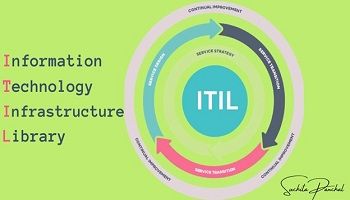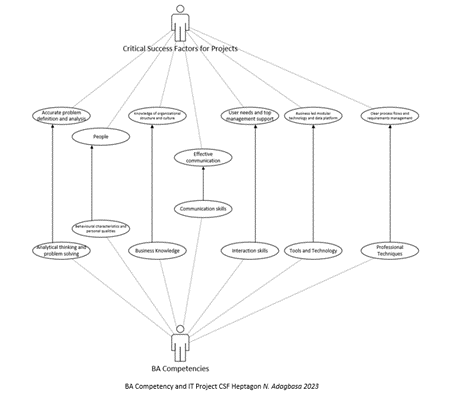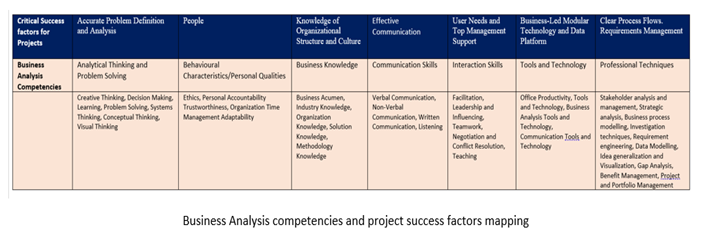What’s Next: The Future of Business Analysis in the Age of Artificial Intelligence (AI)
In today’s rapidly evolving business landscape, professionals across industries are witnessing the transformative power of Artificial Intelligence (AI). Business analyst profession is not untouched and is on the brink of a significant shift in its roles and responsibilities. As AI technologies continue to advance, they are poised to play a pivotal role in shaping the future of business analysis. In this blog, we’ll deep dive into how AI is set to impact the future of business analyst professionals.
The Rise of AI in Business Analysis
 |
1. Data-Driven Insights
Business analysts have always been tasked with extracting valuable insights from data to support decision-making. AI, with its machine learning algorithms and predictive analytics, empowers analysts to delve deeper into data. They can now unearth hidden patterns, make more accurate forecasts, and identify trends that might have remained concealed with traditional business analysis methods.
2. Enhanced Efficiency AI-driven automation tools can handle repetitive tasks, such as data collection and cleansing, leaving analysts with more time for critical thinking and strategic analysis. This increased efficiency allows business analysts to focus on high-impact activities, making them indispensable assets to their organizations.
|
- Real-time Analytics
AI enables real-time data analysis, providing business analysts with most relevant and current insights. This instant access to reliable and accurate information empowers business analysts to respond swiftly to market changes and emerging trends, enabling more predictable and agile decision-making which is critical for reaching organization’s strategic goals.
Advertisement
- The Evolving Role of Business Analysts
As AI becomes more integrated into business operations, the role of business analysts is evolving in several significant ways:
- From Data Analysts to Data Strategists
With AI handling routine data analysis, business analysts are transitioning from mere data collectors to data strategists. They are expected to interpret AI-generated insights and translate them into actionable business strategies.
- Ethical Considerations and challenges
AI raises ethical concerns, such as bias in algorithms and data privacy issues. The role of Business analyst is to navigate through these ethical challenges and ensure that AI systems are used responsibly and the data they collect and analyze is both accurate and unbiased.
- Cross-functional Collaboration with different partners
Business analysts are increasingly expected to collaborate with data scientists and AI engineers to develop and implement AI-powered solutions. Effective communication and collaboration between these roles are vital for successful AI integration and forms core of various digitization initiatives.
- Continuous Learning is the key to success
The rapid evolution of AI requires business analysts to engage in continuous learning and skill development. Staying updated on AI technologies and methodologies is crucial to remain relevant in their roles.
- The Impact on Job Market
Even though the initial buzzword of AI lead to job insecurities but future seems to be bright. While AI is automating some aspects of business analysis, it is also creating new opportunities. The demand for business analysts who can harness AI and effectively interpret its insights is on the rise. Companies are actively seeking professionals with AI skills to drive innovation and competitive advantage.
Conclusion
Industry’s future hinges on how well business analysts use Artificial Intelligence (AI). Business analysts will find themselves at the vanguard of data-driven decision-making as AI technology develops and advances. They will play more strategic and team-oriented roles with an emphasis on utilizing AI to boost corporate success. Business analysts are expected to embrace AI and see it as a potent tool if they want to succeed in this dynamic and fast paced environment. They should invest in their AI-related skills, navigate through ethical challenges, and adjust to the shifting needs of the labor market. By doing so, they will be able to take advantage of the opportunities that Artificial Intelligence presents and remain valuable resources for their organizations in years to come.






